Today’s post, dear readers, come to you from Kansas City, Missouri, where I am kicking around this week for a conference.
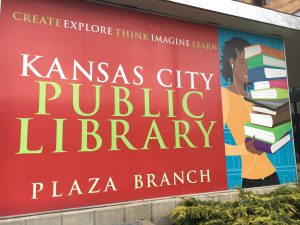
And before anyone makes a joke about corn or hayseeds, hold off. I can almost guarantee you, I’ve heard them all (some of them from the good people of Kansas City!)
But, to be honest, it’s a really lovely city, that is gradually, but very clearly recovering from the economic collapse of 2008, with small businesses, breweries, and restaurants taking up residence in vacated movie theaters and industrial sites, and theaters up and down Main Street. Closer to the river, there is plenty of diverse and fascinating architecture, and, across the city, from everything I’ve seen, a genuine community spirit. One of the first indications of this I found was in my walk to the nearest Library:

One of the first things that strikes visitors from the Northeast to the midwest is how much space there is. That may not be true in all places, but here, it is. One of the academic libraries at this conference has enough open floor space that I was tempted to perform an impromptu gymnastics routine, just because I could without bumping into anything. The Kansas City Public Library Plaza Branch is a city block in size, with big, wide windows, and a whole bunch of comfy chairs positioned by them. A quick browse of their website shows that they have spaces designated specifically for community events and book groups, as well as film screenings, exhibit space…and a coloring space. I fell in love as soon as I saw that.
For all the fun that is poked at the midwest, this is very clearly a library system that is devoted to their patrons from the very start. This branch in particular prides themselves on their children’s room and the wide array of programs they put on for babies, toddlers, and school-aged patrons.
But I haven’t got to the best part yet. For anyone who has ever despaired of the parking situation in downtown Peabody, get a look at this:

The Library. It has it’s own parking garage. For patrons only.
For those of you who might want to explore Kansas City a bit more from the comfort of their own reading nook, here are a few books set in and around the city that will give you some different perspectives on the area and what it means to live here:
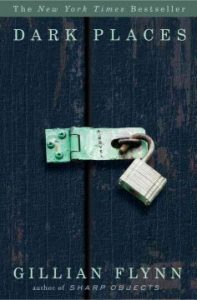 Dark Places: Gillian Flynn’s complex murder mystery was one of my favorite reads of last year, and provides a haunting view of Kansas City and its surroundings, reflected through the eyes of Libby Day, Libby was seven when her mother and sisters were murdered while she hid nearby, and her testimony helped send her brother to prison for the crime. Twenty-five years later she’s still struggling to get through each day, but when she starts to sell off family artifacts to make some money–the buyers, a group of obsessed true crime fanatics, also push her to look into the murders, which eventually forces her to question her memories. Libby herself is like an abandoned building–stuck in the past and pretty unappealing at first glance, but as this story goes on, and she finds herself with a purpose, Libby turns out to be a fascinating and surprisingly sympathetic character. Her trip throughout Kansas City and its surroundings is a tour of its abandoned and forgotten places, giving this book a pretty bleak outlook, but one that is so clearly drawn you’ll want to wash the dust off your hands when you’re done.
Dark Places: Gillian Flynn’s complex murder mystery was one of my favorite reads of last year, and provides a haunting view of Kansas City and its surroundings, reflected through the eyes of Libby Day, Libby was seven when her mother and sisters were murdered while she hid nearby, and her testimony helped send her brother to prison for the crime. Twenty-five years later she’s still struggling to get through each day, but when she starts to sell off family artifacts to make some money–the buyers, a group of obsessed true crime fanatics, also push her to look into the murders, which eventually forces her to question her memories. Libby herself is like an abandoned building–stuck in the past and pretty unappealing at first glance, but as this story goes on, and she finds herself with a purpose, Libby turns out to be a fascinating and surprisingly sympathetic character. Her trip throughout Kansas City and its surroundings is a tour of its abandoned and forgotten places, giving this book a pretty bleak outlook, but one that is so clearly drawn you’ll want to wash the dust off your hands when you’re done.
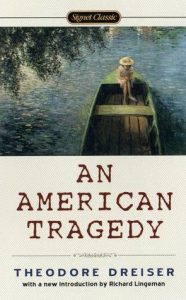 An American Tragedy: On one level, Theodore Dreiser’s classic novel is the story of the corruption and destruction of one man, Clyde Griffiths, who forfeits his life in desperate pursuit of success. On a deeper, more profound level, the novel represents a massive portrayal of the society whose values both shape Clyde’s tawdry ambitions and seal his fate: It is an unsurpassed depiction of the harsh realities of American life and of the dark side of the American Dream. Based on a true murder case that fascinated Dreiser, this novel doesn’t move quickly, and there isn’t a great deal of action, but it’s a wonderfully complex novel that can be read in a number of ways. Our Classics Book Group read this book some time ago, and I don’t remember a book that prompted so much debate. The Kansas City here is an historic one, when the midwest was seen by many as the last bastion of ‘civilization’, as so much of the West was still being ‘settled’ and industrialized. It is the model of the ‘American Dream’, and thus a place where anything is possible…but not for everyone.
An American Tragedy: On one level, Theodore Dreiser’s classic novel is the story of the corruption and destruction of one man, Clyde Griffiths, who forfeits his life in desperate pursuit of success. On a deeper, more profound level, the novel represents a massive portrayal of the society whose values both shape Clyde’s tawdry ambitions and seal his fate: It is an unsurpassed depiction of the harsh realities of American life and of the dark side of the American Dream. Based on a true murder case that fascinated Dreiser, this novel doesn’t move quickly, and there isn’t a great deal of action, but it’s a wonderfully complex novel that can be read in a number of ways. Our Classics Book Group read this book some time ago, and I don’t remember a book that prompted so much debate. The Kansas City here is an historic one, when the midwest was seen by many as the last bastion of ‘civilization’, as so much of the West was still being ‘settled’ and industrialized. It is the model of the ‘American Dream’, and thus a place where anything is possible…but not for everyone.
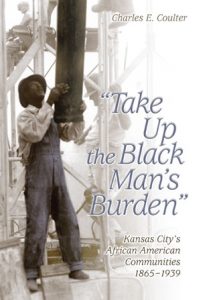 Take Up the Black Man’s Burden: Unlike many cities farther north, Kansas City, Missouri—along with its sister city in Kansas—had a significant African American population by the mid-nineteenth century and also served as a way station for those migrating north or west. “Take Up the Black Man’s Burden” focuses on the people and institutions that shaped the city’s black communities from the end of the Civil War until the outbreak of World War II, blending rich historical research with first-person accounts that allow participants in this historical drama to tell their own stories of struggle and accomplishment. Impressively, this isn’t just a book of famous biographies, though it does feature famous citizens such as activists Ida M. Becks and Josephine Silone Yates, and state legislator L. Amasa Knox, but it also focuses on ordinary laborers, domestics in white homes, and railroad porters. It tells how various elements of the population worked together to build schools, churches, social clubs, hospitals, the Paseo YMCA/YWCA, and other institutions that made African American life richer. It also documents the place of jazz and baseball, for which the community was so well known, as well as movie houses, amusement parks, and other forms of leisure. This is a book about race, but also about a city, and is a rich and unique way to look at the history of the midwest and the United States.
Take Up the Black Man’s Burden: Unlike many cities farther north, Kansas City, Missouri—along with its sister city in Kansas—had a significant African American population by the mid-nineteenth century and also served as a way station for those migrating north or west. “Take Up the Black Man’s Burden” focuses on the people and institutions that shaped the city’s black communities from the end of the Civil War until the outbreak of World War II, blending rich historical research with first-person accounts that allow participants in this historical drama to tell their own stories of struggle and accomplishment. Impressively, this isn’t just a book of famous biographies, though it does feature famous citizens such as activists Ida M. Becks and Josephine Silone Yates, and state legislator L. Amasa Knox, but it also focuses on ordinary laborers, domestics in white homes, and railroad porters. It tells how various elements of the population worked together to build schools, churches, social clubs, hospitals, the Paseo YMCA/YWCA, and other institutions that made African American life richer. It also documents the place of jazz and baseball, for which the community was so well known, as well as movie houses, amusement parks, and other forms of leisure. This is a book about race, but also about a city, and is a rich and unique way to look at the history of the midwest and the United States.
Safe travels, dear readers!

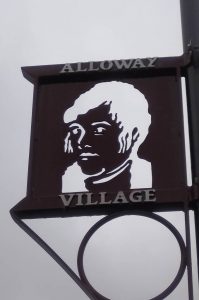
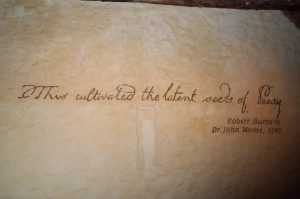

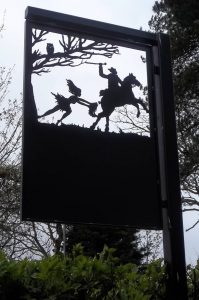
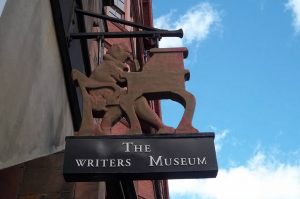

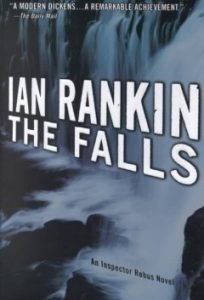 Inspector Rebus series by Ian Rankin
Inspector Rebus series by Ian Rankin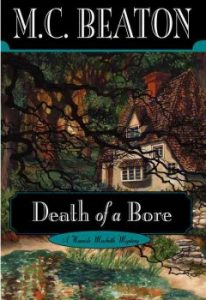 Hamish Macbeth series by M. C. Beaton
Hamish Macbeth series by M. C. Beaton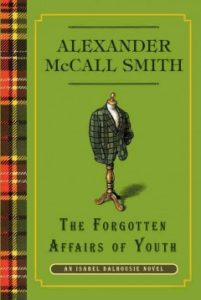 Isabel Dalhousie series by Alexander McCall Smith
Isabel Dalhousie series by Alexander McCall Smith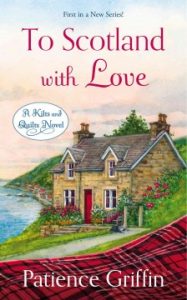 Kilts and Quilts series by Patience Griffin
Kilts and Quilts series by Patience Griffin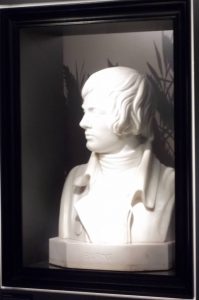
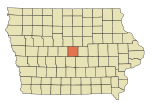


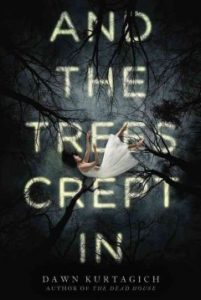 And The Trees Crept In
And The Trees Crept In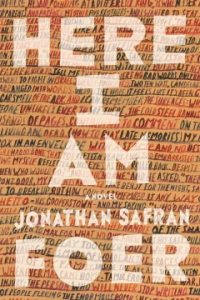 Here I Am
Here I Am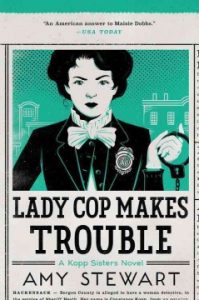 Lady Cop Makes Trouble
Lady Cop Makes Trouble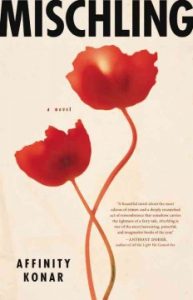 Mischling
Mischling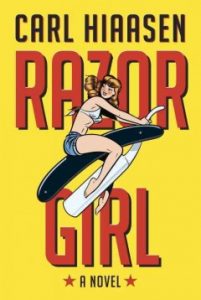 Razor Girl
Razor Girl
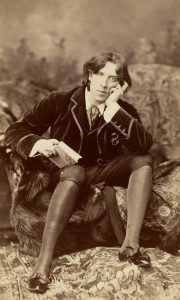

 Why Paris? Oscar Wilde was sentenced to two years’ hard labor in 1895 for the crime of ‘gross indecency’ (homosexual activity, which was illegal in England until 1967). The trial was such an overwhelmingly large media event that it destroyed Wilde’s name and reputation. His wife was forced to divorce him by her family; his young children had their surnames legally changed to distance themselves from their father; many of his former friends refused to have anything to do with him. When he was released from prison in 1898, Wilde left England forever and moved to Paris where he could live in relative anonymity. He died in Paris in 1900, and his best friend, Robbie Ross (another of my personal heroes) arranged for him to be buried in Père Lachaise Cemetery. Eight years later, Ross had received some two thousand pounds from an anonymous donor to build a marker for Wilde’s grave. He chose American sculptor Jacob Epstein, who moved in the same circles as Ross.
Why Paris? Oscar Wilde was sentenced to two years’ hard labor in 1895 for the crime of ‘gross indecency’ (homosexual activity, which was illegal in England until 1967). The trial was such an overwhelmingly large media event that it destroyed Wilde’s name and reputation. His wife was forced to divorce him by her family; his young children had their surnames legally changed to distance themselves from their father; many of his former friends refused to have anything to do with him. When he was released from prison in 1898, Wilde left England forever and moved to Paris where he could live in relative anonymity. He died in Paris in 1900, and his best friend, Robbie Ross (another of my personal heroes) arranged for him to be buried in Père Lachaise Cemetery. Eight years later, Ross had received some two thousand pounds from an anonymous donor to build a marker for Wilde’s grave. He chose American sculptor Jacob Epstein, who moved in the same circles as Ross.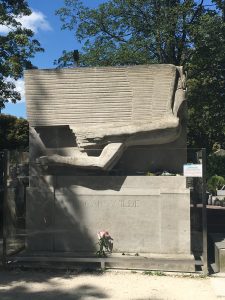

 This poster was spotted in a number of London Underground stations this past week–namely, a young person, who I think to be a young lady, sitting in a large leather chair in a fancy waistcoat and jacket, looking very pleased. The ad is for “The Sherlock Holmes Experience”…at Madame Tussauds Museum.
This poster was spotted in a number of London Underground stations this past week–namely, a young person, who I think to be a young lady, sitting in a large leather chair in a fancy waistcoat and jacket, looking very pleased. The ad is for “The Sherlock Holmes Experience”…at Madame Tussauds Museum.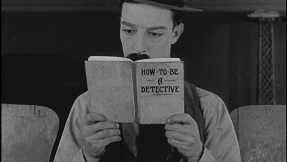 Seeing this poster made me realize just how popular Sherlock Holmes has become once again. When I was a younin’ (you know, before cell phones and the high-speed internet and the wheel), and told people that I wasn’t as impressed by The Hound of the Baskervilles as I was by The Sign of the Four, or that I cried while reading “The Final Problem” and “The Case of the Dying Detective”, I got funny looks. When I told people that my favorite part of going to London was visiting Baker Street, I was asked “Oh, is that, like, a real place? How funny (you are!)!” Now, thanks to Mr. Cumberbatch and
Seeing this poster made me realize just how popular Sherlock Holmes has become once again. When I was a younin’ (you know, before cell phones and the high-speed internet and the wheel), and told people that I wasn’t as impressed by The Hound of the Baskervilles as I was by The Sign of the Four, or that I cried while reading “The Final Problem” and “The Case of the Dying Detective”, I got funny looks. When I told people that my favorite part of going to London was visiting Baker Street, I was asked “Oh, is that, like, a real place? How funny (you are!)!” Now, thanks to Mr. Cumberbatch and 
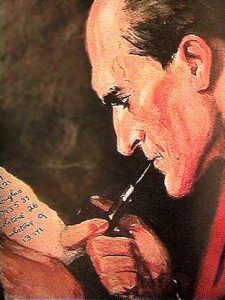
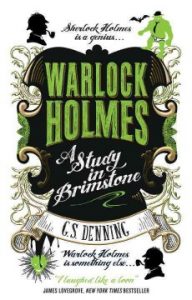
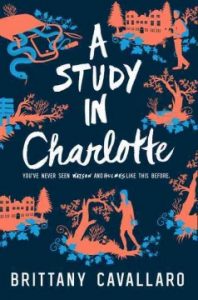 A Study in Charlotte:
A Study in Charlotte: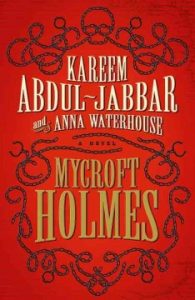

 Originally, the area that became the Falls Road was a petty kindgom known in Irish as Túath na bhFál, or Territory of the Enclosures. It was incorporated into Belfast by the British government in the 19th century, and today, the Falls Road is very much a working-class area of Belfast. Since the late 1960’s, has been a bedrock of Socialist and Irish Nationalist politics. The worldwide Civil Rights movement united Northern Irish Catholics into a political group that rallied for better housing and voting rights (it’s a complicated system, but essentially, business owners had more say in elections, and the economy was structured to favor Protestant business owners). This prompted Protestants in power to fear a Catholic uprising that would unite Northern Ireland and the Republic of Ireland, and resulting in a backlash against protestors that, to many, seemed very excessive. The result was what has become known as The Troubles in Northern Ireland, and, in many ways, the Falls Road was at the center of the conflict.
Originally, the area that became the Falls Road was a petty kindgom known in Irish as Túath na bhFál, or Territory of the Enclosures. It was incorporated into Belfast by the British government in the 19th century, and today, the Falls Road is very much a working-class area of Belfast. Since the late 1960’s, has been a bedrock of Socialist and Irish Nationalist politics. The worldwide Civil Rights movement united Northern Irish Catholics into a political group that rallied for better housing and voting rights (it’s a complicated system, but essentially, business owners had more say in elections, and the economy was structured to favor Protestant business owners). This prompted Protestants in power to fear a Catholic uprising that would unite Northern Ireland and the Republic of Ireland, and resulting in a backlash against protestors that, to many, seemed very excessive. The result was what has become known as The Troubles in Northern Ireland, and, in many ways, the Falls Road was at the center of the conflict.
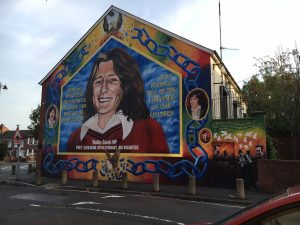

 Shattering Silence
Shattering Silence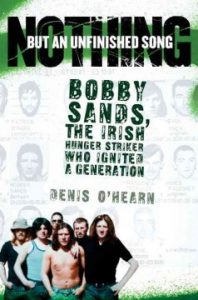 Nothing But an Unfinished Song : Bobby Sands, the Irish Hunger Striker who Ignited a Generation
Nothing But an Unfinished Song : Bobby Sands, the Irish Hunger Striker who Ignited a Generation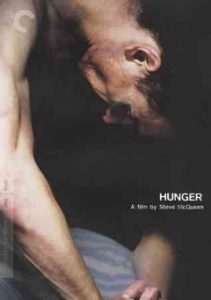 Hunger
Hunger

